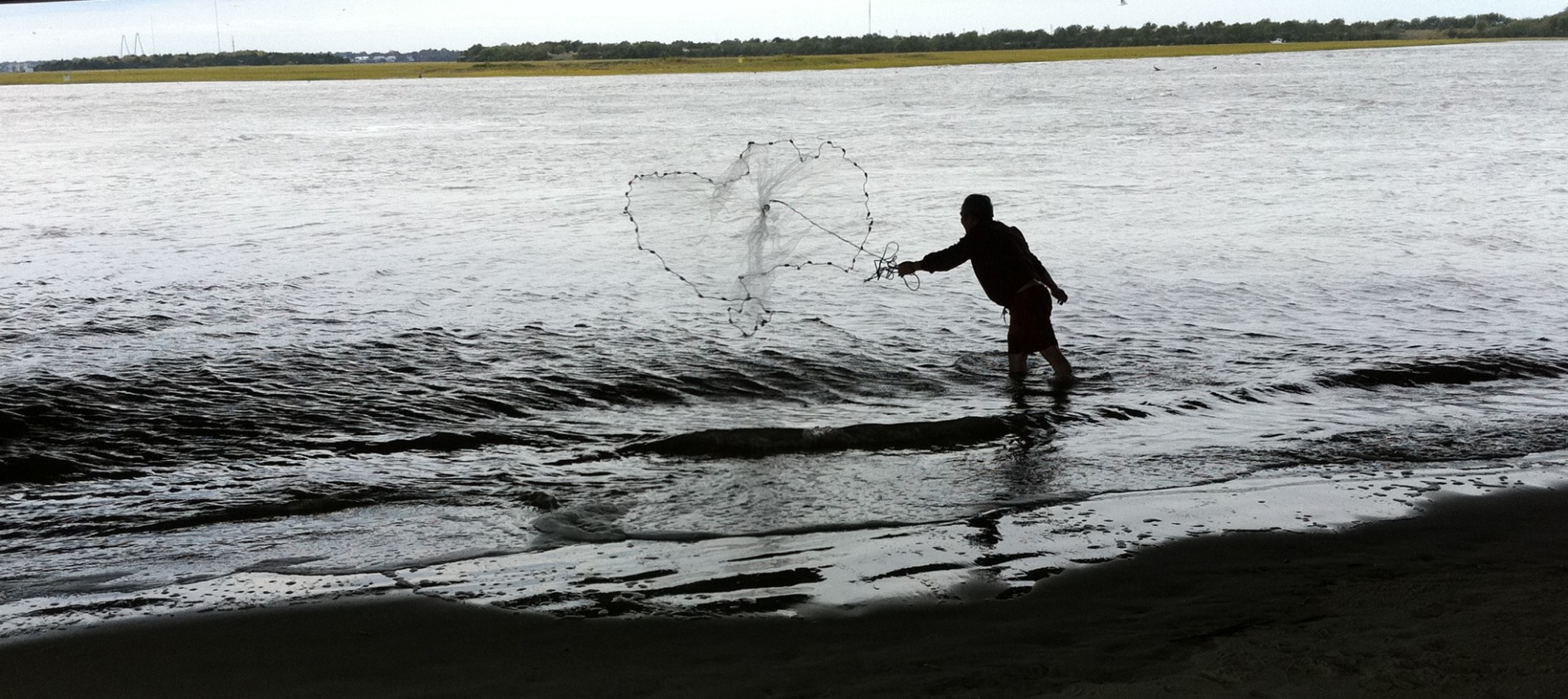I’m a little late to the party this week. Living in the Philippines forces me to handle some “resilience” issues of my own at times. This past week has forced me out of the office (arrival of project materials!) quite a bit. Additionally, community “brownouts” are common occurrences that virtually shut down the work place and make the already stifling heat (it’s dry season here) even worse. Without duplicating the aforementioned posts, both Laura and Nicole touched on some important challenges the workbook (and resiliency all together) faces. Overall, the workbook allowed me to think through and gather preliminary data on my focal system, the Bombon River in Tabaco City, which I hope to expand upon as a resiliency program for my Peace Corps and Master’s work. There are two river systems in Tabaco, stemming from natural springs at the foot of Mount Mayon. The Bombon River is the product of one of these and flows through the urban center of Tabaco, eventually emptying into local mangrove forests and Tabaco Gulf. It serves as a primary water supplier for Tabaco, a nutrient supplier for the local coastal habitats, and, unfortunately, a trashcan for nearby residents. It interacts with croplands, mangroves, and marine life, while playing a role in subsistence, local, and regional economies. Its governance primarily lies at the local level, with the LGU of Tabaco and the Barangay Councils having the largest management roles, while local universities actively contribute in research and community activism. However, the system is greatly impacted at the individual level, particularly through farming, solid waste, and urination, and the global level, by typhoons/tsunamis/flooding and volcanic eruptions.
The biggest issue I struggled with was the belief that those utilizing the workbook have a firm understanding of their focal system and scale and knowledge of dynamics of socio-ecological systems. My agriculture office that I work for is made up of 20 year olds to 70 year olds, all with different educational backgrounds. For example, my counterpart has a B.S. in Fisheries Management, while others have a high school degree or less. The unequal distribution of knowledge coupled with various political and individual agendas creates an undesirable way to manage systems on an individual or organizational basis. It also leads to disconnect between people and their surroundings. In the case of my focal system, many fail to see the importance of the rivers both up and downstream. How does cropland runoff affect marine habitats and fish catch? What impact does the buildup of basura (trash) have on river flow and erosion control? And how do these practices, coupled with seasonal storms and flooding, contribute to crop yields and the city water supply? A viable alternative = technical working groups or workshops, briefly mentioned in the intro of the workbook, which allow for organization and individual collaboration and system knowledge sharing (both past and present).
Today marks six months for me at my permanent site, and I’ve seen many decisions made at the last minute or rushed into in order to look good on paper, without taking into account system or design sustainability. Earlier, efficiency was mentioned as a means to achieve short-term success without looking at future challenges. But besides efficiency, what about political agendas and will as detriments to system resiliency? It seems they too can pose significant obstacles towards effective management.
